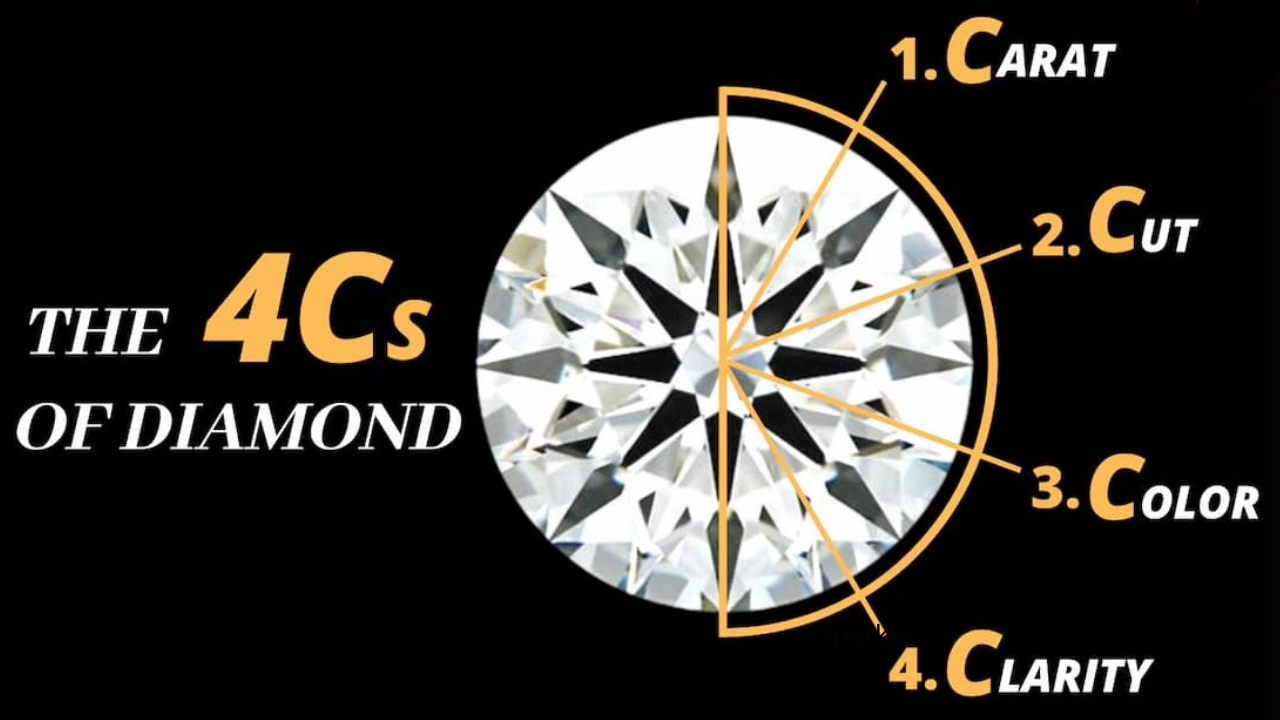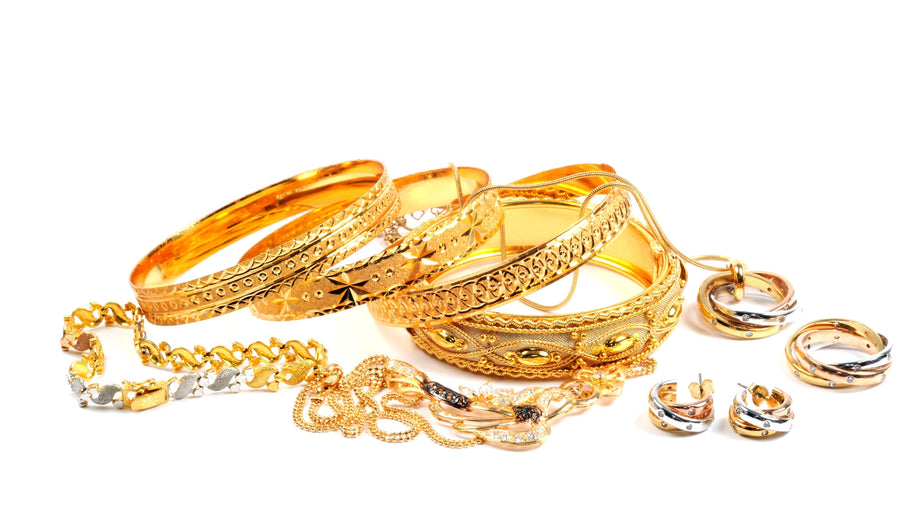
Understanding the Diamond 4Cs: A Comprehensive Guide to Diamond Quality
Diamonds, with their timeless allure and unmatched brilliance, have captivated humanity for centuries. Yet, beyond their dazzling exterior lies a complex world of characteristics that determine their quality and value. Enter the Diamond 4Cs: clarity, color, cut, and carat weight. In this guide, we delve deep into each of these facets to equip you with the knowledge needed to make informed decisions when purchasing diamonds.
Introduction to Diamond 4Cs
What are the 4Cs?
At the heart of diamond evaluation are the 4Cs: clarity, color, cut, and carat weight. These criteria serve as the universal standard for assessing a diamond’s quality and value.
Importance of Understanding 4Cs in Diamond Selection
Understanding the 4Cs is essential for anyone looking to purchase a diamond. By grasping these factors, you can make informed choices that align with your preferences and budget.
Clarity: Seeing Through Flaws
Definition of Clarity
Clarity refers to the presence of internal and external flaws, known as inclusions and blemishes, within a diamond.
Types of Diamond Flaws
Diamond flaws come in various forms, including pinpoints, feathers, and crystals. These imperfections can affect a diamond’s brilliance and transparency.
How Clarity Affects Diamond Appearance and Value
The clarity grade of a man made diamonds are impacts its visual appeal and market value. Diamonds with fewer flaws are considered rarer and thus command higher prices.
Popular Clarity Grades
Diamond clarity is graded on a scale ranging from Flawless (FL) to Included (I). Each grade signifies the presence and visibility of flaws within the stone.
Color: Beyond the Spectrum
Understanding Diamond Color Grades
Diamond color grades range from D (colorless) to Z (light yellow or brown). The absence of color is highly prized in diamonds, as it allows for maximum light reflection.
Impact of Color on Diamond Aesthetics
Color plays a significant role in determining a diamond’s beauty and brilliance. Colorless diamonds are favored for their purity and brightness.
Rarity of Colorless Diamonds
Colorless diamonds are exceptionally rare, making them highly coveted among collectors and connoisseurs.
Popular Diamond Color Grades
Diamonds are graded on a scale that ranges from D (colorless) to Z (light yellow or brown). Each grade represents a subtle variation in color intensity.
Cut: The Sparkle Factor
Definition of Diamond Cut
Diamond cut refers to the craftsmanship and precision with which a diamond is shaped and faceted.
Importance of Cut in Diamond Brilliance
The cut of a diamond directly influences its brilliance and fire. A well-cut diamond reflects light in a way that maximizes its sparkle.
Different Types of Diamond Cuts
Diamonds can be cut into various shapes, including round, princess, and emerald cuts. Each cut has its unique characteristics and appeal.
Ideal Proportions for Maximum Sparkle
Certain proportions and angles are considered optimal for maximizing a diamond’s brilliance. These factors are crucial considerations when evaluating cut quality.
Carat: Weighing Worth
Definition of Carat Weight
Carat weight measures a diamond’s mass, with one carat equal to 200 milligrams.
Relationship Between Carat Weight and Diamond Size
While carat weight influences a diamond’s size, it’s not the sole determinant of visual impact. Factors like cut quality also play a significant role in perceived size and brilliance.
Balancing Carat Weight with Other Factors
When choosing a man made diamonds, it’s essential to strike a balance between carat weight and other 4Cs. A smaller diamond with superior cut and clarity may outshine a larger stone with inferior qualities.
Clarity in Detail: A Closer Look
Exploring Internal and External Diamond Flaws
Diamond flaws can manifest internally (inclusions) or externally (blemishes), affecting both aesthetics and structural integrity.
How Clarity is Graded
Gemologists assess diamond clarity under magnification, assigning grades based on the size, number, and visibility of flaws.
Enhancements and Treatments for Improving Clarity
Certain treatments, such as laser drilling and fracture filling, can minimize the visibility of flaws and enhance a diamond’s clarity grade.
Color: Shades of Brilliance
Grasping Subtle Color Differences in Diamonds
The color grading scale allows for precise distinctions between diamonds with subtle variations in hue.
Natural vs. Treated Color Diamonds
While most diamonds exhibit natural coloration, some undergo treatments to enhance or alter their color.



